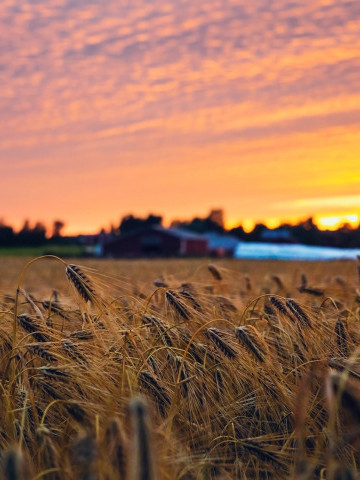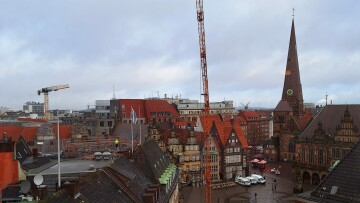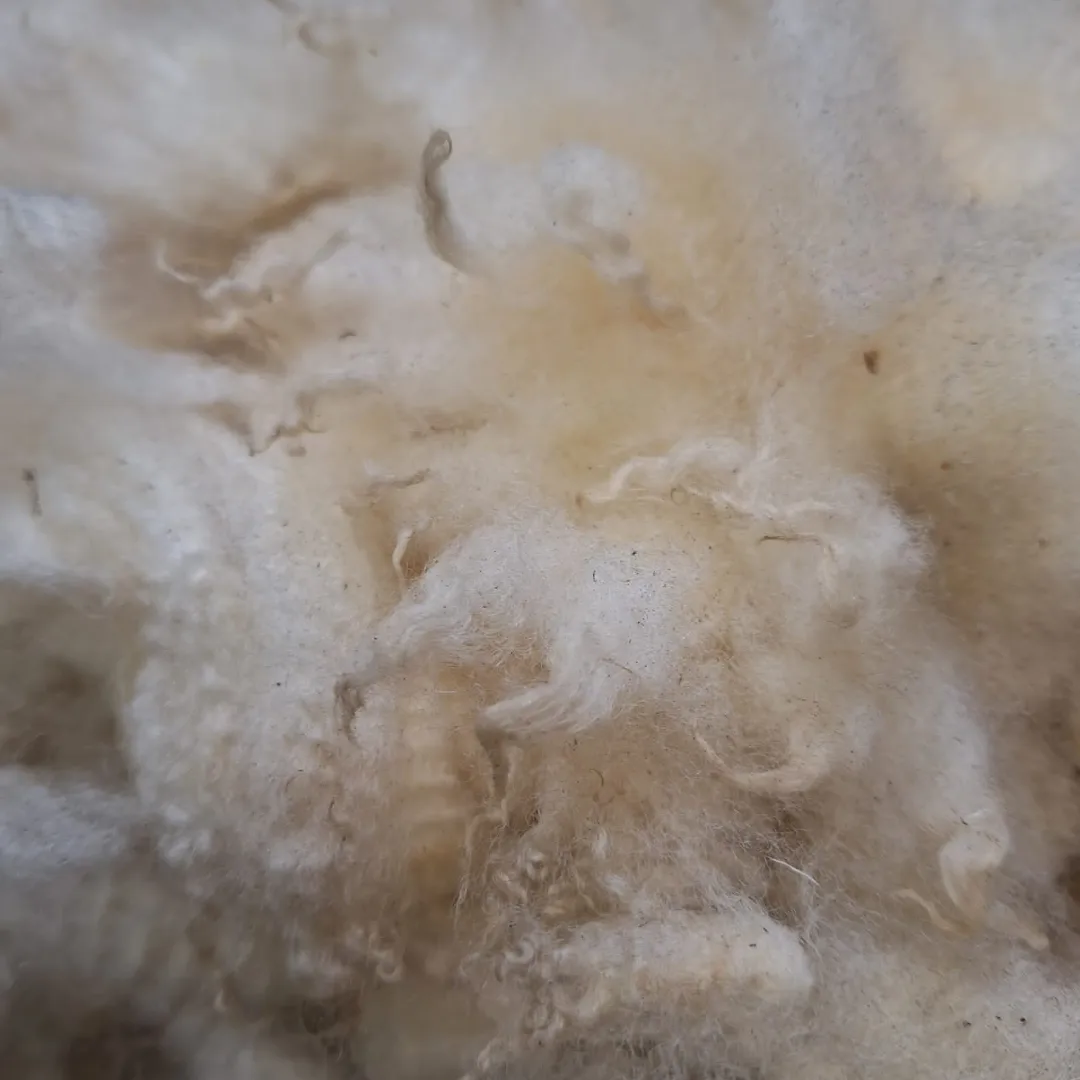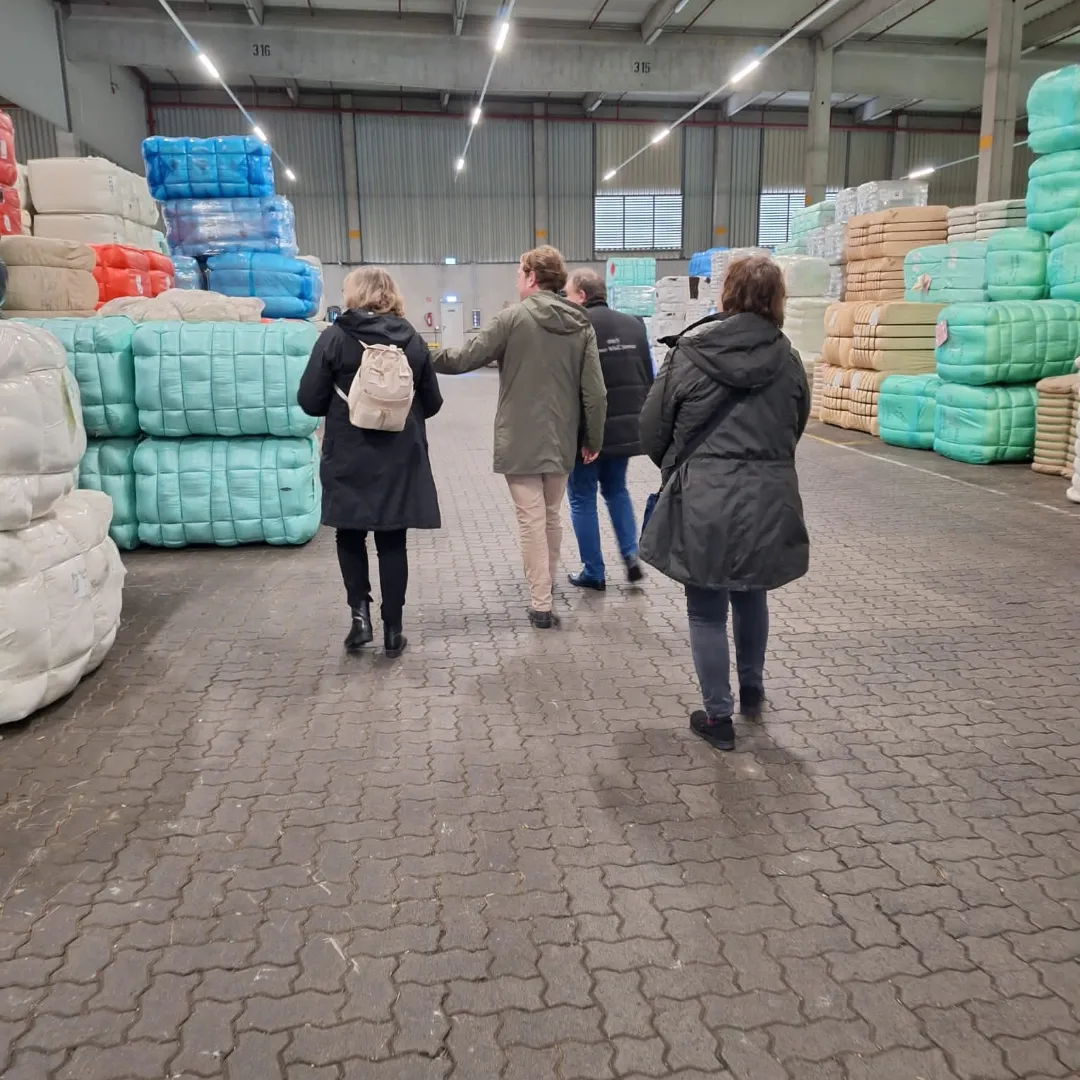
Bioekonomi
I bloggen Bioekonomi får du veta mer om Yrkeshögskolan Novias forsknings-, utvecklings- och innovationsverksamhet inom forskningsområdet systemomställning för att bygga resiliens. Majoriteten av personalen finns huvudsakligen i Raseborg. Här bildar forskare, projektarbetare, lärare, studerande och administrativ personal en dynamisk helhet. På vår blogg kan du läsa om vilka vi är, vad vi gör och om våra resultat. Välkommen!
Vid frågor eller feedback kontakta bloggens administratör Heidi Barman-Geust (Heidi.barman-geust(a)novia.fi)
Vi följer CC BY 4.0 om inget annat nämns.
Systemic Transformation to Build Resilience is one of Novia University of Applied Sciences six' research areas. The activity is mostly located in Raseborg, in southern Finland. As a dynamic unity, our researchers, project workers, teachers, students and administrative personnel produce versatile results in research, development and innovation. We blog about who we are, what we do, what our conclusions are, and how we implement them. Welcome!
If you have questions, please contact Heidi Barman (Heidi.barman-geust(a)novia.fi)
We folllow CC BY 4.0 if nothing else is stated.
Bremen gave Finnish wool enthusiasts a sense of proportion

Wool is not just wool. This is one of the things I have learned during my time in Novia’s project NorNa – Nordic Natural Fibres in Circular Economy. There are huge differences between different kinds of wool, depending on the sheep breeds, how the farmers take care of their sheep, which choices they make in breeding, and shearing (cutting) the wool. Even the climate and weather affect the quality. And now we are only talking about sheep wool, not other animal fibres, such as alpaca wool, cashmere, angora or mohair.
A trip to Europe’s wool and cotton capital Bremen deepened my understanding of the global wool business further. We were three Finns, working with wool in different ways, who got the fantastic opportunity to visit Bremen, get to know the city’s history in the wool trade, and have a glimpse of the present situation.
In the beginning of the 20th century cotton exchange was big in Bremen, and millions of bales were imported to Europe through the city’s port. Wool was another commodity that moved in large quantities through the city, resulting in wool combing mills and spinneries being established in the area. Today only a few companies working with wool or cotton are left, but Bremen still has a renowned cotton and wool lab and hosts the International Cotton Conference.
Feeling small
Europe’s biggest wool warehouse Bremer Woll Service stores at the time of our visit about 12 000 pressed bales of wool from all over the world, all waiting for a new home. The company handles more than 250,000 packages per year. The bales are packed so tightly that they feel as hard as rocks, despite containing soft wool. From the color of the wrapping, you can tell their origin: Australia, New Zealand, China, UK, Argentina…
The coarser German wool was brought in loosely packed in big bags, and a large part of it goes to producing pellets to be used as fertilizer in crop production. The demand for coarser, European wool is right now almost non-existent, which sinks the prices very low. That, in its turn, gives no incentive to the farmers to invest in wool quality. “Sometimes they just have to be glad that someone is willing to pick up the wool”, says the warehouse manager Benedyct Nadolski. The company offers warehousing, compression of wool bales, customs treatment, international transport, and raw wool handling.
The luxury textile brands in Italy are some of the bigger buyers of fine wool – which means wool that feels soft against the skin. As prices for commodities and production go up, luxury brands are less affected. A rise of 200 euros in prices is not such a big deal for consumers buying suits for 1000 euros. For the ordinary consumer, however, a woolen sweater costing 40-50 euros more than before, could be a reason to choose a cheaper product with less or no wool.
We realize that all of Finland’s 80 000 sheep could fit in one Australian farm, and how small we actually are on the global wool market. We cannot compete against the big wool producing countries, offering the buyers large quantities of raw materials of an even quality at a good price. At the same time, we are lucky to have Finnsheep and another native breed, Kainuu Grey, with very soft and fine wool. It gives us possibilities to develop ethically produced products with an identity, and to develop local and national production chains. There are still consumers who are willing to pay more for that.
Focus on Europe
In Germany sheep are outside all year. This year extraordinarily heavy rainfalls have caused trouble for the farmers, whose fields are now flooded with water. Another challenge for farmers who keep animals is that growing corn for energy purposes is now heavily subsidized, which has resulted in a lack of hay and straw for animals, as many turn their production from grain and hay to corn. In general, the atmosphere in the German economy seems to be quite pessimistic at the moment. There are not as many trucks on the road from the port of Hamburg as there used to be, and many businesses have closed. It is even hard to find a restaurant on the way, because so many have gone out of business. All this also affects the natural fibres business, which is not where it was in its golden years.
We can no longer talk about the German or Finnish or Swedish wool consortiums. We must start thinking on a European level, says Christoph Behrens, our guide in the city, who has 25 years of experience in the wool trading business. He is worried that the knowledge about wool is about to disappear from Europe, in favor of e.g. China, who is now dictating the conditions on the wool market. If China would for example decide to stop buying wool from Australia, the whole market would crash. We need to process both bigger and smaller batches side by side, so that the quality and identity of local wool in Europe is preserved, he continues. Behrens also sees one opportunity for coarse wool in car manufacturing, where some car parts could be isolated with wool. As a fire-resistant material with many fantastic qualities, there is much that could be done with wool.
Keep on working for wool
Hope is not lost, and for example the European Wool Association is working to promote the use of European wool, through education, supporting producers, processers manufacturers and marketers, and organizing events. The association lobbies for European wool and offers to be a partner to collaborate on a European level. When it comes to finding purposes for coarse wool, Novia is a partner in the Nordic-Baltic project F.E.L.T. Wool - Future Emergence of Local Textiles based on WOOL, funded by NordPlus. In this project, we will build a knowledge base about the opportunities for felting coarser wool, investigate industrial activity, education programs related to wool and felting, and practicing crafters or artisans.
The brutal fact is that fast fashion companies are still gaining popularity, especially among young people. The clothes sold in these chains are meant to be used only a couple of times, or are thrown away without ever being used, while a quality wool garment can last for decades. Sheep wool makes up about 1 % of fibres used worldwide, while the synthetic, fossil-based fibre polyester takes up over 50 %. There is a lot of work to be done, educating consumers, developing processing, as well as product development of wool in Europe, and there are many people already working with this. We will certainly not surrender!
This blog post is written for the project NorNa – Nordic natural fibres in circular economy, funded by The Swedish Cultural Foundation in Finland.
Soft lamb's wool at the Bremer Woll Service warehouse. Photo: Ulrika Dahlberg

From the left, Kaie Ahlskog, Christoph Behrens, Benedyct Nadolski and Anu Pentti walking around in Bremer Woll Servic
e warehouse. Photo: Ulrika Dahlberg

Texten har granskats av Novias campusredaktion och publicerats 5.3.2024.
![]()
Bioekonomi
Blogginlägg som är granskat av Novias redaktionsråd är utmärkta med nyckelordet "Granskat inlägg".
Vi följer CC-BY 4.0 om inget annat nämns.
Ansvarsfriskrivning: Författaren/författarna ansvarar för för fakta, möjlig utebliven information och innehållets korrekthet i bloggen. Texterna har genomgått en granskning, men de åsikter som uttrycks är författarens egna och återspeglar inte nödvändigtvis Yrkeshögskolan Novias ståndpunkter.
Disclaimer: The author(s) are responsible for the facts, any possible omissions, and the accuracy of the content in the blog.The texts have undergone a review, however, the opinions expressed are those of the author and do not necessarily reflect the views of Novia University of Applied Sciences.